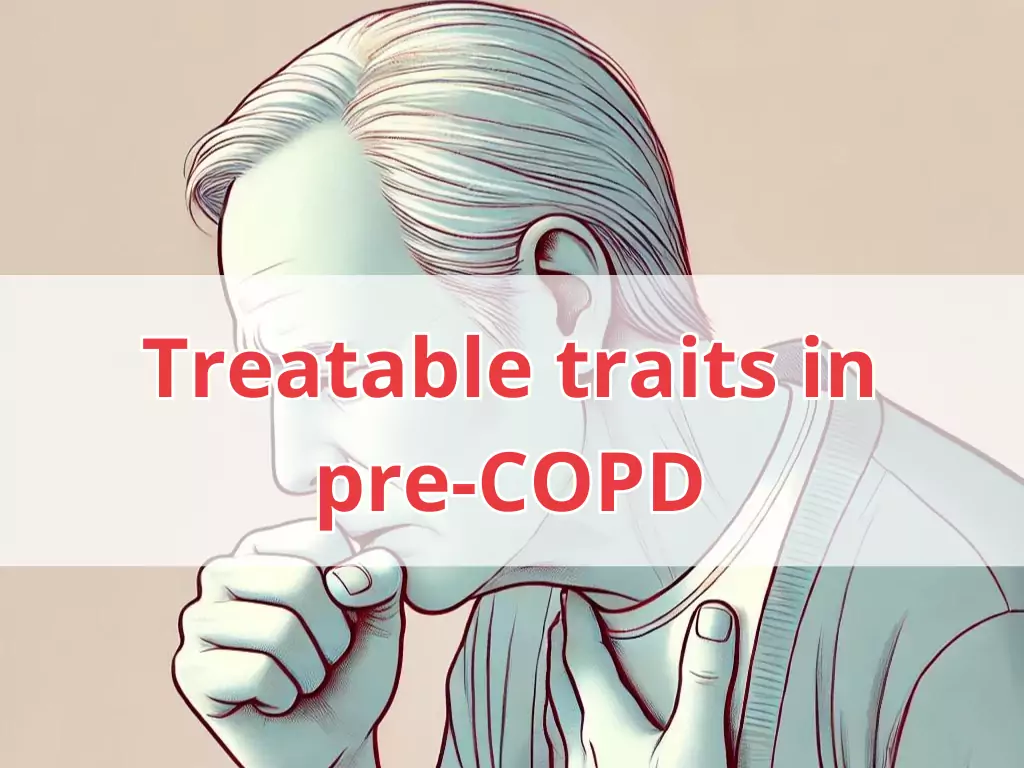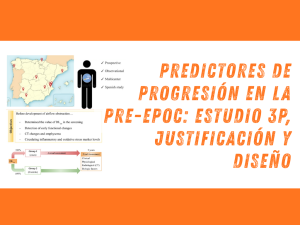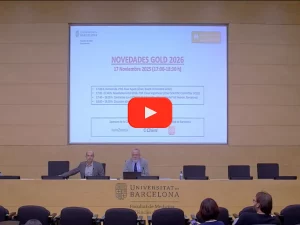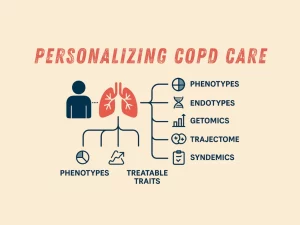Treatable traits in pre-COPD: Time to extend the treatable traits paradigm beyond established disease

Potential of Treatable Traits in pre-COPD
To date, the treatable traits (TTs) approach has been applied in the context of managing diagnosed diseases. TTs are clinical characteristics and risk factors that can be identified clinically and/or biologically, and that merit treatment if present. There has been an exponential increase in the uptake of this approach by both researchers and clinicians.
Realizing the potential of the TTs approach to pre-clinical disease, this expert review proposes that it is timely to consider acting on TTs present before a clinical diagnosis is made, which might help to prevent development of the full disease.
Such an approach is ideal for diseases where there is a long pre-clinical phase, such as in chronic obstructive pulmonary disease (COPD).
Identification of pre-COPD and the Conceptual Framework of GETomics
The term ‘pre-COPD’ has been recently proposed to identify patients with respiratory symptoms and/or structural or functional abnormalities without airflow limitation.
They may eventually develop airflow limitation with time but patients with pre-COPD are likely to have traits that are already treatable. This review first outlines the contribution of recently generated knowledge into lifetime lung function trajectories and the conceptual framework of ‘GETomics’ to the field of pre-COPD.
GETomics is a dynamic and cumulative model of interactions between genes and the environment throughout the lifetime that integrates information from multi-omics to understand aetiology and mechanisms of diseases.
Evidence of Treatable Traits in Pre-COPD
This review then discusses the current evidence on potential TTs in pre-COPD patients and makes recommendations for practice and future research.
Recommendations for Pre-COPD and Treatable Traits
At a broader level, this review proposes that introducing the TTs in pre-COPD may help reenergize the preventive approaches to health and diseases.
Authors
Shyamali C Dharmage, Rosa Faner, Alvar Agustí
Read more details at
Noticias relacionadas

Predictores de progresión en la pre-EPOC: estudio 3P, justificación y diseño
Conoce el estudio 3P que analiza los factores que predicen la progresión de la pre-EPOC a EPOC en fumadores con espirometría normal.

Vídeo de la Presentación de las Novedades GOLD 2026
Video de la presentación «Novedades GOLD 2026», en el que se trataron, entre otros aspectos: cambios en diagnóstico de la EPOC, tratamiento, comparativa con GESEPOC, etc.

Personalizing COPD care: phenotypes, endotypes, GETomics, the the trajectome, syndemics and treatable traits
Discover how personalized COPD care integrates phenotypes, endotypes, GETomics, trajectome, syndemics, and treatable traits to improve patient outcomes.
Artículos
COPD
- 759578·Alberto Papi et Al.-Relationships between symptoms and lung function in asthma and/or chronic obstructive pulmonary disease in a real-life setting: the NOVEL observational longiTudinal studY
- 759785·Richard Beasley et Al – Prevalence, Diagnostic Utility and Associated Characteristics of Bronchodilator Responsiveness
- 759788·Alvar Agustí, Rod Hughes, Eleni Rapsomaki, Barry Make, Ricardo Del Olmo, Alberto Papi, David Price, Laura Benton, Stefan Franzen, Jørgen Vestbo, Hana Mullerova – The many faces of COPD in real life: a longitudinal analysis of the NOVELTY cohort
- 759883·Alberto Papi, Rosa Faner, Ian Pavord, Federico Baraldi, Vanessa M McDonald, Mike Thomas, Marc Miravitlles, Nicholas Roche, Alvar Agustí. – From treatable traits to GETomics in airway disease: moving towards clinical practice
- 768799·Surya P Bhatt Richard Casaburi Alvar Agusti et Al. Chronic obstructive pulmonary disease: hiding in plain sight, a Statement from the COPD Foundation Medical and Scientific Advisory Committee
Imagen desarrollada desde DALL-E y editada en Canva
